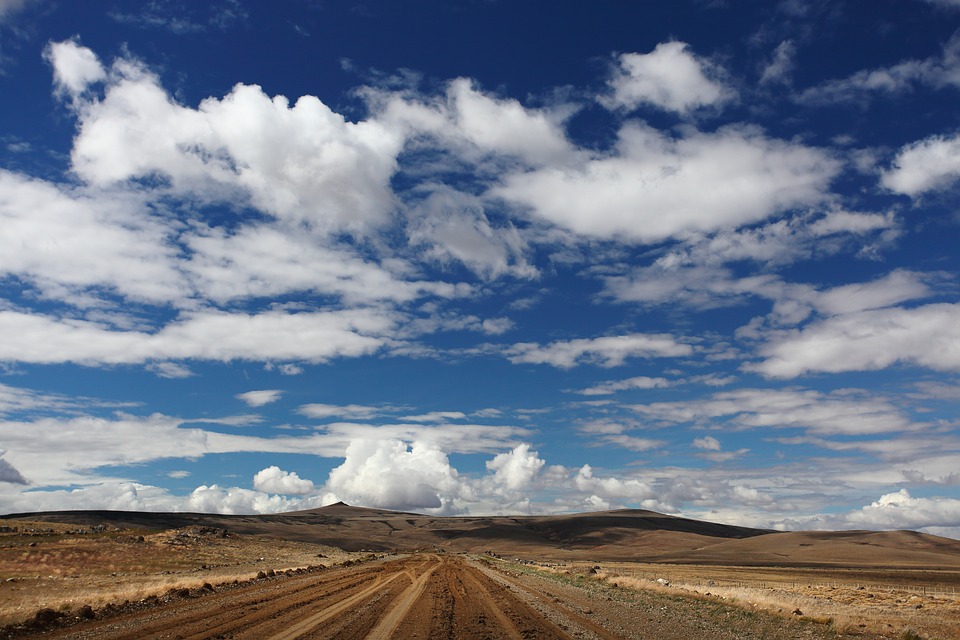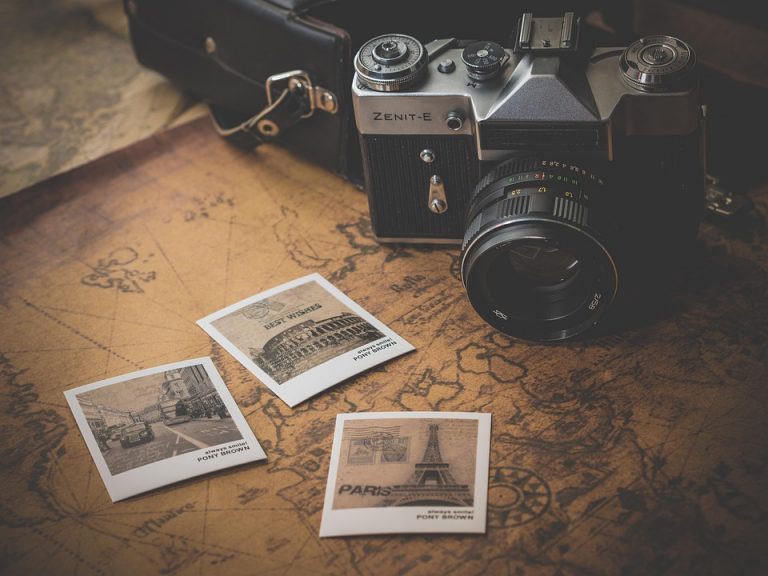Road trip essentials are the handful of items that turn a good trip into an unforgettable one. They’re the small things that keep you safe, comfortable, and ready for whatever miles throw at you. Pack them right, and you protect your time, your wallet, and your peace of mind. Ignore them, and you’re one flat tire and one forgotten charger away from regret.
Contents
- Why These Road Trip Essentials Matter
- How To Use This List
- The 10 Road Trip Essentials You Need To Pack
- 1. Reliable Emergency Kit
- 2. First-Aid Kit With Essentials
- 3. Phone Charger And Portable Power Bank
- 4. Reusable Water And Hydration Supplies
- 5. Snacks That Deliver Energy
- 6. Navigation Tools: Digital And Analog
- 7. Comfort Items For Driver And Passengers
- 8. Multi-Tool And Utility Items
- 9. Weather-Appropriate Gear
- 10. Documentation And Cash
- Packing Strategy: How To Fit Everything Without Overcrowding
- Safety And Preparedness: The Smart Traveler’s Mindset
- How To Personalize Your Road Trip Essentials
- Bottom Line
- FAQ
Why These Road Trip Essentials Matter
Think about the last time you were stuck on the side of the road. Your stomach tightens remembering the wait, the uncertainty, the expensive tow. That image is instructive. Smart packing solves problems before they start. Studies from traffic safety experts show that being prepared reduces stress and improves decision-making when things go sideways, which is why I’m blunt: bring the right things.
Preparation also saves money. A spare fuel jug is cheaper than an emergency refill; a quality first-aid kit can keep a minor scrape from turning into a clinic visit. These are not frills. They are the essentials that protect your time and your safety. Below, you’ll find the 10 items I never leave home without — practical, tested, and chosen because they work.
How To Use This List
Read the list once and pack with intention. Each item comes with what to look for, why it matters, and quick pro tips that will save you time. Treat this as your road trip checklist. If you’re planning a long run across states, print it and tuck a copy in your glove box. If you’re a minimalist, the list still fits — each item pulls double duty.
The 10 Road Trip Essentials You Need To Pack
1. Reliable Emergency Kit
A well-stocked emergency kit is the backbone of any trip. Include jumper cables, a compact tool set, duct tape, and a reflective triangle. Toss in a tire inflator and a portable battery-powered air compressor so a slow leak doesn’t become a ruined day.
Experts from vehicle safety organizations recommend a basic kit for every car, and having one tailored for your route — mountain roads, desert heat — matters. Keep everything in a tough box that resists water, and label the lid. When seconds count, fumbling through a garbage bag wastes them.
Pro Tip:
Boldly mark an “Emergency” section in your trunk so everyone traveling recognizes where the gear lives.
2. First-Aid Kit With Essentials
An up-to-date first-aid kit is not optional. Include adhesive bandages, antiseptic wipes, gauze, tape, scissors, tweezers, pain relievers, blister pads, and any personal medications. Add a CPR barrier mask and a basic first-aid manual.
Medical authorities emphasize quick treatment for wounds and dehydration. If you’re traveling with kids or older adults, add extra supplies and a list of medical conditions and medications. A small kit can stop a minor problem from becoming a trip-ender.
3. Phone Charger And Portable Power Bank
Your phone is navigation, communication, and safety all in one. Pack a fast-charging car adapter and a high-capacity power bank. A power bank with at least 20,000 mAh will top up a smartphone multiple times and run small fans or lights.
Keep cables organized in a small pouch and label them: car charger, USB-C, Lightning. Power and connectivity keep you moving and connected to roadside help when you need it.
4. Reusable Water And Hydration Supplies
Hydration is non-negotiable. Bring insulated bottles and a refillable jug. If you’re traveling through remote areas, add water purification tablets or a lightweight filter. Heat and altitude drain your body faster than you think, and dehydration sours energy and judgment.
Health authorities advise drinking water before thirst hits. Fill a bottle at every stop. Stock extra for passengers and pets — water gets used fast.
5. Snacks That Deliver Energy
Pack smart snacks that won’t melt or spoil: nuts, dried fruit, jerky, dark chocolate, granola bars, and individual nut-butter squeeze packs. These snacks stabilize blood sugar and keep you alert during long stretches of highway.
Eating while driving is a hazard. Set a snack protocol: only eat when the car is stopped. Keep a small cooler for perishables and a sealed bin for trash so your car stays organized.
Your phone and apps are great — until you lose a signal. Carry a paper map, a printed route with mile markers, and a compass. A GPS device with offline maps is worth its weight for remote routes.
Seasoned travelers know redundancy wins. Label your map with planned stops and fuel points. If your battery and signal fail, a paper map keeps you moving instead of stalled and guessing.
7. Comfort Items For Driver And Passengers
Long drives test bodies. Pack a small travel pillow, lumbar support, a lightweight blanket, and good sunglasses. Comfort reduces fatigue — scientifically proven to improve reaction time and mood behind the wheel.
Rotate drivers every two hours, and use comfort items to stay refreshed. A playlist, a travel journal, or a small pack of games can keep passengers happy and the driver focused.
8. Multi-Tool And Utility Items
A compact multi-tool with pliers, knife, screwdriver, and scissors is a miracle worker. Add a reliable flashlight with extra batteries or a rechargeable model. Keep a roll of paracord and a few zip ties for quick fixes.
Practical utility items solve a surprising number of problems. If you’re the kind of traveler who improvises, these items let you do it cleanly and safely.
9. Weather-Appropriate Gear
Weather changes fast. Pack a foldable rain jacket, waterproof shoes, and a warm layer. In cold climates, include hand warmers, a thermos, and an emergency blanket. In hot climates, bring a sunshade, cooling towels, and breathable clothing.
Climate researchers and auto clubs advise checking forecasts and packing for extremes. A little preparedness keeps you dry, warm, and mobile — which should be your number-one priority.
10. Documentation And Cash
Carry paper copies of registration, insurance, and identification. Add emergency contact information and a list of allergies or medical conditions. Keep a small amount of cash in separate compartments — some rural places don’t accept cards.
A visible and accessible documentation folder saves time at a roadside stop or a clinic. If you have prescriptions, pack them in original containers and include a note about dosage.
Packing Strategy: How To Fit Everything Without Overcrowding
Organize by frequency of use. Items you’ll reach for often — snacks, phone charger, water — should live in the passenger compartment. Emergency gear belongs in the trunk, clearly labeled and anchored so it doesn’t slide.
Use packing cubes or labeled bins to avoid the “everything everywhere” problem. Roll clothes to save space, and put heavier items low and forward to keep the car balanced. If you’re carrying luggage on a roof rack, secure it with straps and cover it to reduce wind resistance.
Safety And Preparedness: The Smart Traveler’s Mindset
Being prepared isn’t about paranoia — it’s about respect for the road and your fellow passengers. The National Highway Traffic Safety Administration and travel medicine specialists recommend basic planning: route checks, rest stops, and a mechanic check before long trips.
Rest is biochemical; your brain needs it. Schedule driver swaps, and if you’re drowsy, stop. Plan fuel stops, and know where major towns and hospitals lie along your route. This mindset keeps you safe and keeps the trip joyful.
How To Personalize Your Road Trip Essentials
Everyone’s trip is different. Customize the list for kids, pets, or your health needs. If you’re cycling or hiking on the way, include compact gear like a tire repair kit, lightweight tent stakes, or a headlamp. If you’re carrying musical instruments or fragile antiques, add padding and straps.
Think of personalization as tailoring a little black dress. The base list is classic; the tweaks make it yours.
Bottom Line
Bold packing choices make the road kinder. These road trip essentials protect your safety, comfort, and sanity. Put them in your car, label them, and review the list before every long drive. When trouble comes — flat tire, surprise weather, sudden hunger — you’ll be the calm one who planned. That’s a kind of luxury worth packing for.
Drive with confidence, and enjoy the miles.
References and reputable resources for planning, medical guidance, and roadside safety are listed below.
FAQ
What Are The Absolute Must-Have Road Trip Essentials For Short Trips?
For short trips, prioritize phone chargers, water, snacks, and a small first-aid kit. Add jumper cables and a compact emergency kit if you’ll be driving unfamiliar roads. These basics keep a short trip smooth and safe.
How Do I Decide What To Pack For Kids Or Pets?
Match supplies to needs: extra food, water, medication, favorite comfort items, and frequent stops. Bring a familiar blanket or toy for kids and a portable bowl and leash for pets. Comfort reduces anxiety for everyone.
Can I Replace Any Of These Road Trip Essentials With Smartphone Apps?
Apps are powerful but not foolproof. Use them for navigation and weather, but supplement with offline maps, paper copies, and physical gear like chargers and a power bank. Redundancy is smart travel.
How Often Should I Check Or Refresh My Emergency Supplies?
Check before every long trip and at the start of each travel season. Replace expired medications, batteries, and perishable snacks. A quick check takes five minutes and can save hours later.
References
The National Highway Traffic Safety Administration offers guidance on vehicle emergency preparedness and recommended kit items (http://www.nhtsa.gov).
The Centers for Disease Control and Prevention provides travel health information including hydration, heat safety, and first-aid tips (http://www.cdc.gov).
The American Automobile Association publishes practical packing lists and safety advice for drivers planning long trips (http://www.aaa.com).
The Mayo Clinic offers guidance on motion sickness and other travel-related medical concerns that help travelers plan smart (http://www.mayoclinic.org).








